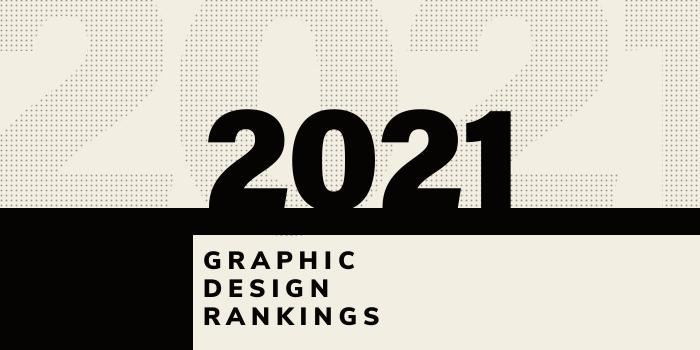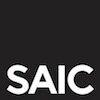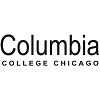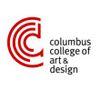The idea for the College for Creative Studies (CCS) dates back to 1906 when a group of local civic leaders established the Detroit Society of Arts and Crafts. Members began teaching informal classes in basic design, drawing, and woodcarving and in 1911, and they opened a gallery where student and prominent modern artists could display and sell their work.
In 1926 and with an enrollment of 280 students, the Society became one of the first arts and crafts organizations to offer a formal, four-year program in art under the name Art School of the Detroit Society of Arts and Crafts.
Today, CCS is a private, fully accredited college offering BFA and MFA degrees to more than 1,400 students. With an enrollment of 114 students, the Graphic Design Department is one of the top five largest departments at CCS. Degree options for aspiring graphic designers include a BFA in Communication Design (Graphic Design). Degrees that complement Graphic Design include BFAs in Advertising: Copywriting, Advertising: Design, and Fine Arts.
The BFA in Communication Design (Graphic Design) covers print, motion and interaction. In fall 2021, the degree will become a STEM-designated program for all entering students.
The current program begins with the core principles of print-based graphic design. This includes color, hierarchy, image, messaging, and typography. Students will “merge what they’ve learned with the language of code in order to build media and create interactive environments on a wide variety of platforms.” Course highlights for the program include 2D Design, 3D Techniques, Advanced Communication Design, Business Practices, Concepts & Methods/Visual Culture, Digital Techniques, Interaction I-III, Typography I-III, Visual Culture, and Visual Narration: Africa/America, and Visual Narration: Asia.
Other program highlights include the opportunity to study abroad for a semester or a year in places such as Austria, Australia, Germany, Mexico, and Paris; internship opportunities at places such as Chrysler, Converse, Foote Cone & Belding, FUSE, Microsoft, Quicksilver, Reebok, Urban Outfitters, and Whirlpool; and one of the highest post-graduate employment rates in the country.
Graduates of the Communication Design (Graphic Design) Program at CCS are prepared to pursue a wide range of job titles such as Advertising Designer, Brand manager, Creative Director, Editorial Designer, Graphic Designer, Interaction Designer, Interactive Art Director, Mobile Media Designer, Social Media Director, User Experience Designer (UX), User Interface Designer (UI), Visual Designer, and Web Designer.
Many CCS Design alumni are entrepreneurs who open their own design studios across the country and the globe, including Los Angeles, New York City, the Netherlands, and in of course, in Detroit.



























